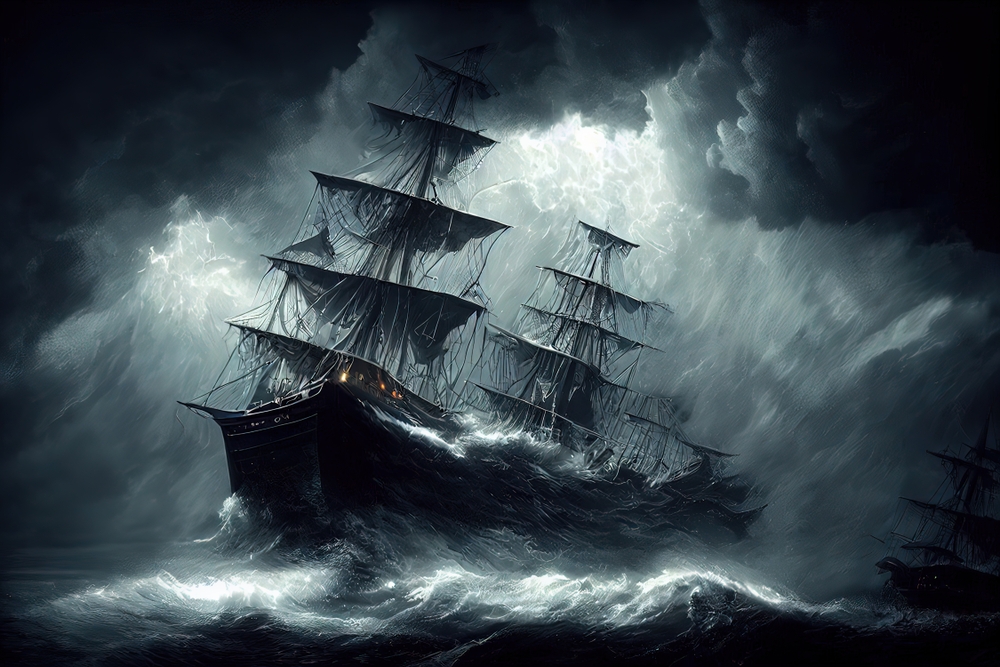“July 11th. At 4 am, the Flying Dutchman crossed our bows. A strange red light as of a phantom ship all aglow…”
While sailing off the coast of Australia, Prince George, son of King Edward VII and future king of England, spotted the legendary vessel in 1881. Thirteen other crew members backed up his claim. Curiously, one man even fell off the fore-topmast and died. After this, the fear of ghost ships seized mariners everywhere. In their minds, seeing a ghost ship meant that you too would soon become a ghost.
Ghost ships are abandoned vessels without crew or passengers, drifting aimlessly on the world’s oceans. Sometimes, there is little or no explanation about what happened to the souls on board. Some pegged their presence to supernatural causes.
These ships are often damaged, keeling over to one side, and simply drifting with the currents and winds. Cargo, possessions, and instruments are often intact. Sometimes, lifeboats are missing.
In other ExplorersWeb articles, we have covered maritime mysteries such as the Mary Celeste, MV Joyita, and SS Baychimo — ghost ships all. Their crews were missing, lifeboats gone, and the whereabouts of survivors, if any, were unknown. Passengers could abandon ships for many reasons: mutinies, technical problems, life-threatening situations, etc.
Phantom vessels
However, some ghost ships are based on folklore and crazy stories. These ships might not have existed at all, yet their myth has lodged permanently in the minds of believers. These are the so-called “phantom vessels.”
So there are two types of ghost ships: real vessels whose crews have disappeared or died, and fictional ones. Here, we’ll consider both types.
Because of their eerie and terrifying nature, ghost ships somehow got sucked into the realm of folklore. The unsolved mystery of what happened to their passengers is part of the allure. Sometimes, stories muddle together into chilling nautical tales.
Runaways
Take the story of the SS Baychimo. It sailed during the First World War and into the 1930s. At that time, it became trapped in Arctic ice near Barrow, Alaska. Perhaps prematurely, its crew abandoned ship. When a blizzard hit, they tried to return to Baychimo, only to find it gone. It disappeared and reappeared throughout the 1930s, drifting with the ice. It was last seen as late as 1969. After that, it most likely succumbed to the elements and sank somewhere in the Arctic.
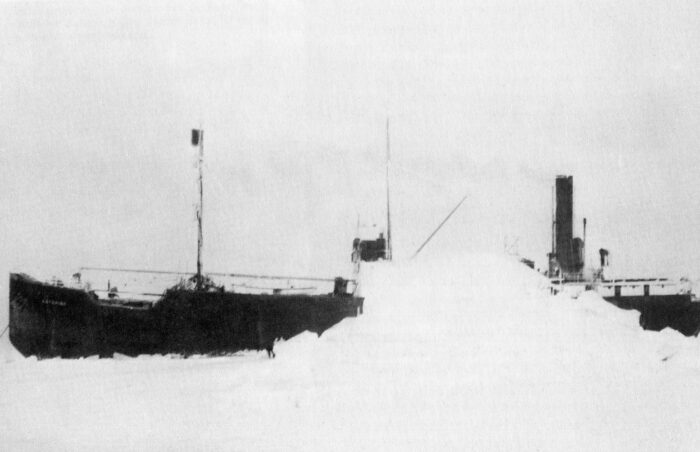
SS Baychimo in ice. Photo: Aldus Books London
In 2010, a Russian-owned cruise ship called the Lyubov Orlova was seized in St. John’s, Newfoundland because it no longer met maritime standards. It was being towed back to Europe for scrap metal in 2013 when the chain connecting it to the towing vessel snapped in rough seas. It was abandoned to its fate and drifted for a few years in the North Atlantic — occupied, so the tabloid story went, only by “cannibal rats” — until it emitted an automated signal indicating that it had sunk. This ship had less creepy circumstances but proves that not all ghost ships have suspicious origins.
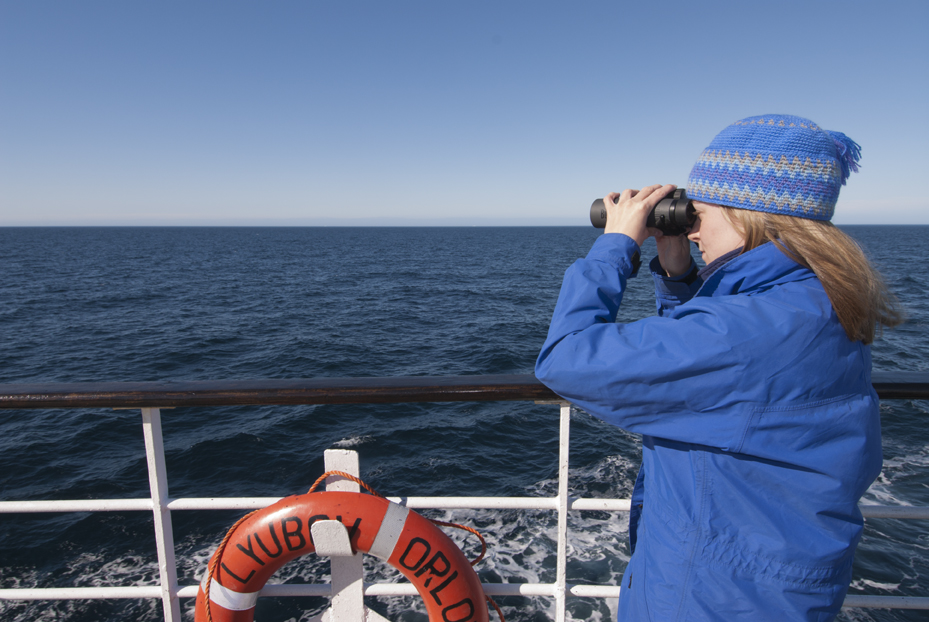
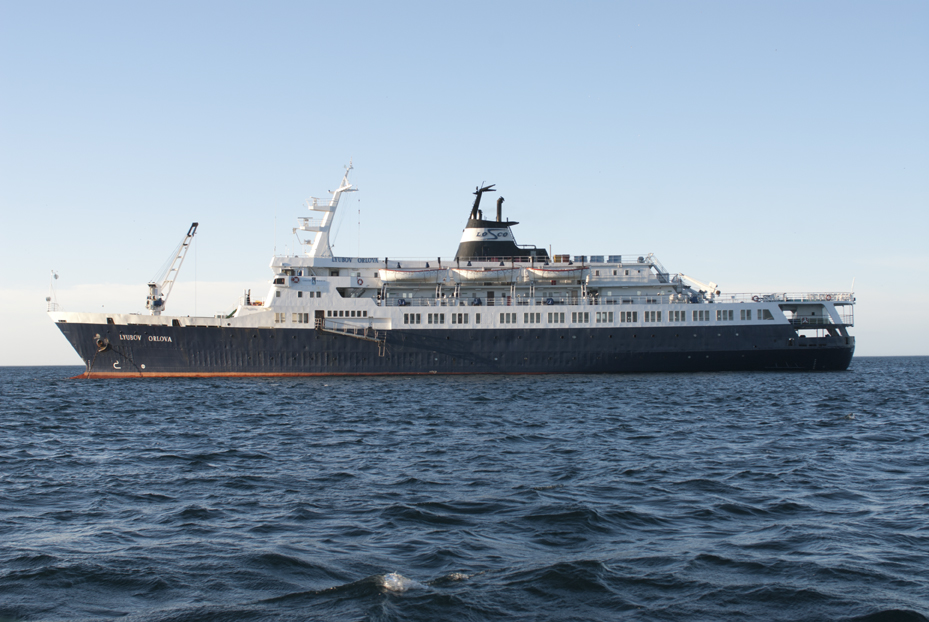
The Lyubov Orlova hosted arctic cruises shortly before it became a ghost ship. Both: Jerry Kobalenko
The Flying Dutchman
Now, we get to the good part. One cannot speak of ghost ships without mentioning the Flying Dutchman. The Pirates of the Caribbean franchise won’t let us forget it. Stories of the Dutchman date back to the 1700s. Many sailors swore they’d seen it. Those who did suffered misfortune and death. Supposedly, the Flying Dutchman is doomed to sail the seas forever, unable to make port.
During the heyday of the Dutch East India Company, the Flying Dutchman was sailing treacherous waters when its captain, so the tale goes, unknowingly made a deal with the Devil. if he survived the storm, he agreed to sail it until Judgement Day. Other sources state the captain was working with the Devil and defying God from the very beginning. Nevertheless, the ship and its crew were doomed to roam the seas forever.
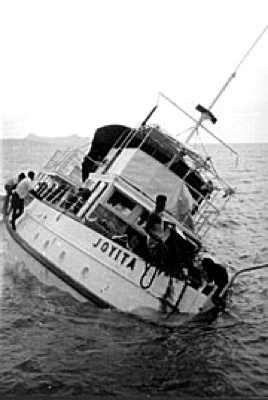
MV Joyita abandoned and keeling. Photo: Unknown
As we mentioned earlier, the future King of England supposedly saw it when he served with the Royal Navy in the 1800s. There was also a famous account from a Captain George Barrington in 1795. While sailing around the Cape of Good Hope in the company of a second ship, he spotted the Dutchman nearby during a storm. The second vessel sank, leading the sailors to believe the Dutchman was responsible. Sightings continued until the 1940s.
One incident noted big crowds of people witnessing the Dutchman approaching the shore. Before it made port, it vanished. Even a Nazi submarine supposedly spotted it in Egypt’s Suez Canal.
‘I die’
Another legendary ship is the SS Ourang Medan, a ghost ship that supposedly wandered the Strait of Malacca. According to reports, in the 1940s, the Dutch freighter sent out a distress message, claiming all crew members were dead and their bodies scattered around the ship.
“All officers including captain are dead, lying in chartroom and bridge. Possibly whole crew dead,” it went, ending with a final, creepy, “I die.”
This story was published in a Dutch-Indonesian newspaper between February and March 1948. The article reads that the ship was boarded by a rescue party to find the deceased crew members with faces distorted into a rictus of horror. Besides the article, records and sightings of SS Ourang Medan are nowhere to be found. Nowadays, most impartial sources believe that the ship never existed.
Likewise, the Jenny supposedly became trapped in ice near Antarctica’s Drake Passage during the 1820s. A whaling ship came across it a decade or two later. When the crew boarded, they found a grotesque scene in which its crew members were frozen and almost alive-looking.
The Palantine Light concerns another Flying Dutchman-esque ghost ship. This time, however, it is at least based on a real event. A ship called the Princess Augusta was carrying a couple hundred German Palatine passengers from the Netherlands to Philadelphia in 1738. Sadly, disease, horrendous weather, and starvation took its toll on those aboard. After the captain died, the first mate took command, but the ship ran aground on an island. Despite records of the shipwreck, no physical remains were ever found.
Theories
One of the distinct characteristics of these stories is a ship’s ability to appear and disappear in the blink of an eye. Fabled ghost ships like the Flying Dutchman could be a result of a Fata Morgana, a type of mirage common at sea and in cold regions. Warm air above and cold air near the water refract light and uplift and sometimes invert distant objects. This phenomenon has been responsible for some vanishing islands. So why not ships?

A Fata Morgana off Devon Island in the Canadian High Arctic, showing distant icebergs seemingly floating upside-down in the air. Photo: Jerry Kobalenko
Many Fata Morganas have been reported in the polar regions and other areas with cold seas. Additionally, scholars have suggested that tricks of the light during storms might have caused sailors to seemingly witness a nearby ship, menacing and aglow.
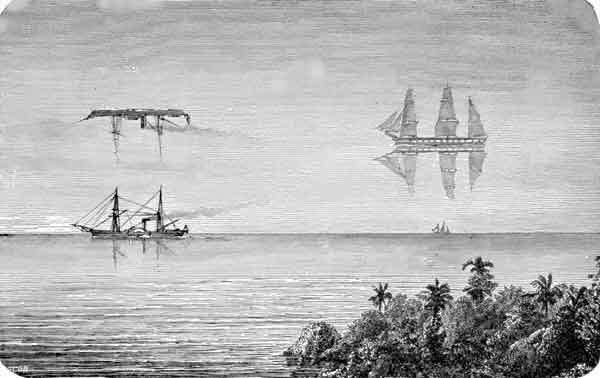
An illustration of a Fata Morgana. Photo: Unknown
The more outlandish tales could involve someone trying to make money or get their 15 minutes of fame. For example, British tabloids circulated stories of the Lyubov Orlova‘s cannibal rats and claimed the vessel was off California when it was another ship. Unsubstantiated and anonymously published stories, if well-told, trigger lasting rumors. The high seas have always offered room for the imagination to run wild.
Several legends emerged during times of maritime rivalry. It is possible that stories served as propaganda to deter sailors from rival countries or ships from venturing into certain areas. Sailors have always been a superstitious lot, after all.
Modern ghost ships
Some recent examples of ghost ships have more to do with criminal activities like piracy, illegal fishing, and espionage. Every year, North Korean and Chinese ghost ships appear off the shores of Japan and sometimes Russia. Derelict and sometimes with decomposing human bodies, the ships are very outdated and lack basic technologies. Authorities presume the passengers were fleeing their oppressive home countries and died from disease or starvation.
In the last couple of years, after Russia’s invasion of Ukraine, Russia has used ships to transport supplies to its military. They try to avoid detection by turning off their AIS (Automatic Identification System). Bellingcat and other citizen sleuths have exposed some of these suspicious vessels.
While turning off the AIS can turn a vessel into a ghost ship, sometimes the AIS malfunction is genuine. It shows the ship thousands of kilometers from its real location or even going in circles. This could even be due to deliberate interference. This occurred with some ships off the California coast in 2020, leading to suspicions of a new kind of cyber attack.
Conclusion
Most ghost ships have rational explanations. The ocean can be a dangerous place, and some ships simply came to grief. Others are mirages or complete fabrications. But rational or not, these mysterious entities have terrified generations of seafarers.
